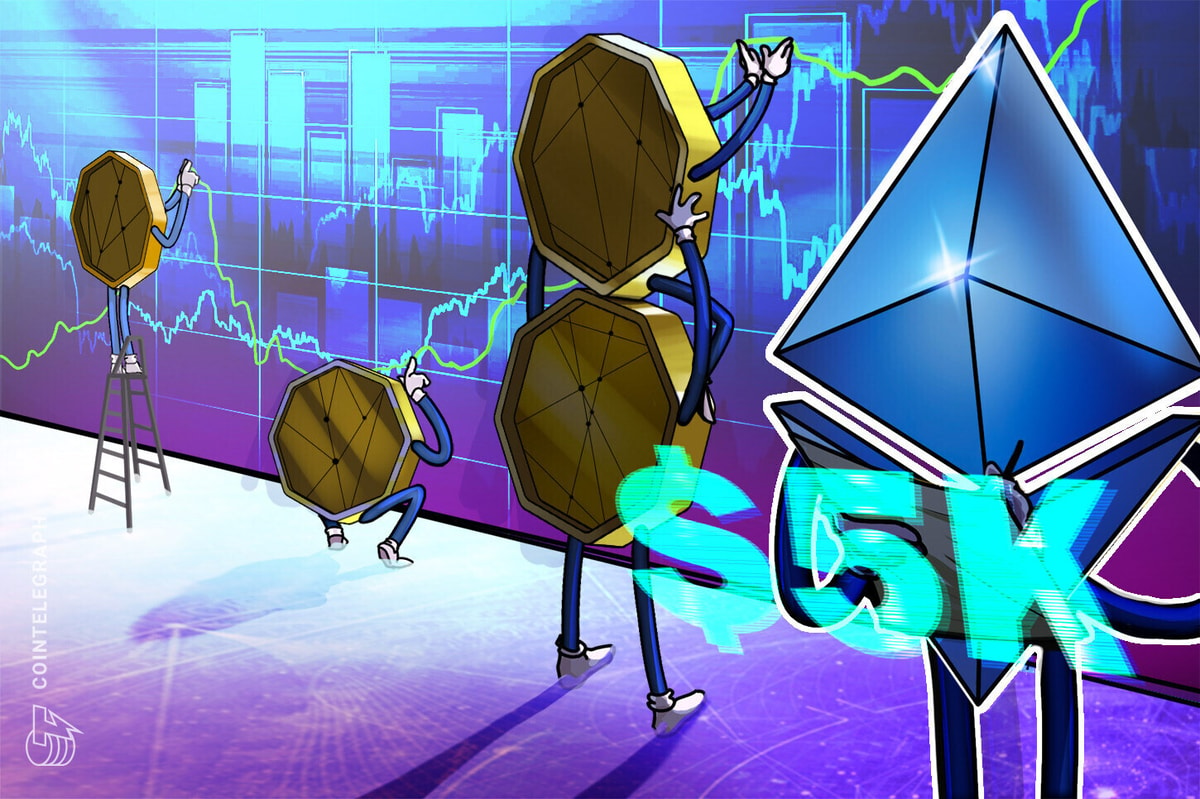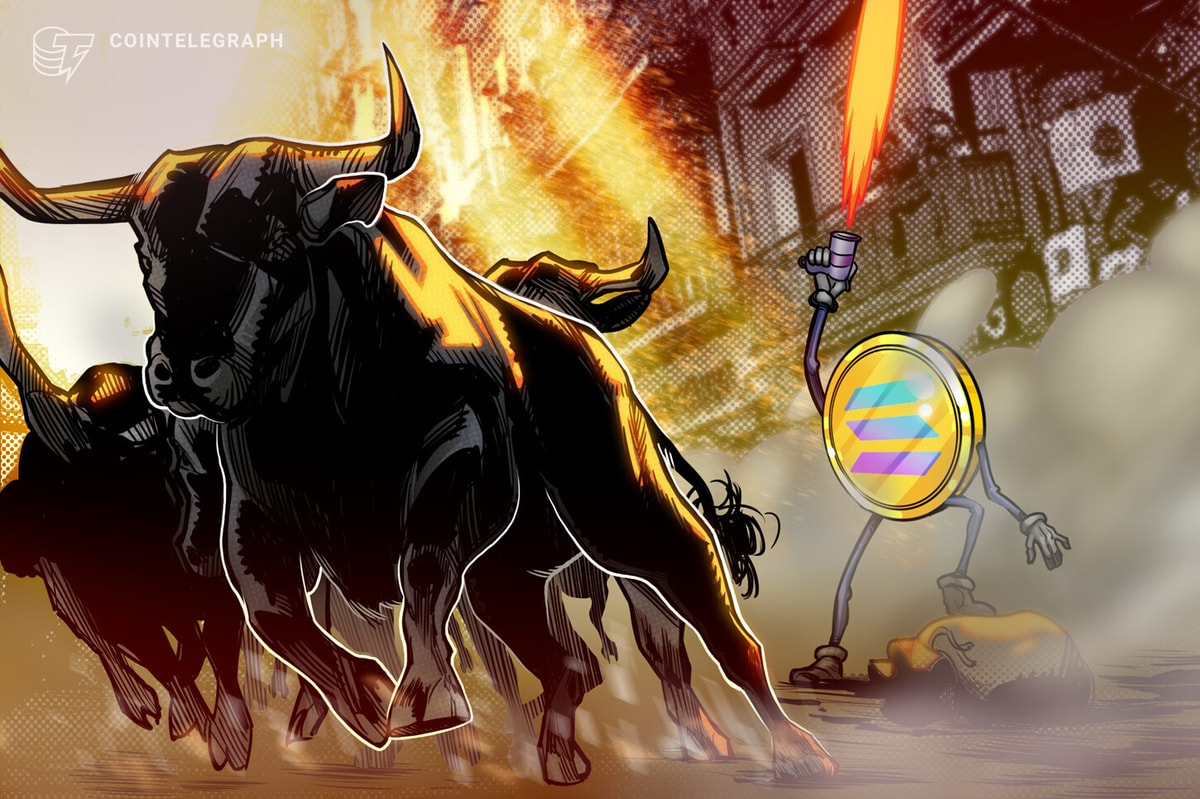Solana has proven itself to be a worthy competitor of ethereum and other leading smart contracts platforms in the space. It has shone through in terms of speed, performance, and transaction fees, all of which have beaten out that of top competitor ethereum. Despite this, the smart contracts network has fallen short in a few places, one of those being the up and downtime of the blockchain.
Solana Rocked By Outages
In what has been a hard week for the space, Solana seems to have had it even harder with issues with the network. It is not unheard of that a network goes out and has a period of downtime. In fact, with the rate of adoption, it has become somewhat expected as these networks go over their expected capacities. One thing that has not been expected though has been how many frequent blackouts Solana would have.
Related Reading | NFT Marketplace LooksRare Sinks Fangs Into OpenSea With “Vampire Attack”
The network had become the natural alternative to ethereum after bursting into the limelight last year. Ethereum’s high fees and slow transaction times had been a pain in the behind for its users and with Solana coming in as a shiny new alternative, users flocked to it.
SOL recovers to $86 | Source: SOLUSD on TradingView.com
This adoption did not come without its troubles though. At numerous times, the network has gone over capacity, causing these network outages. In November, it was reported that the network had gone offline for almost one day. The 17-hour blackout was attributed to “resource exhaustion” when the volume of TPS had outpaced what the network was designed to allow.
Since then, there have been minor outages that have led to calls in the community about the network. Some have begun to question the decentralization of the network, others asking for improvements to be able to meet up the demands of its users.
Outages Putting Network At A Disadvantage
One of the things about being in crypto for a lot of investors is the ability to be always “on.” This is not so in a lot of other financial markets that feature opening and closing hours. Instead, users are able to log into their wallets and trade when they are involved in crypto. But what happens when a network keeps going down?
Related Reading | Ethereum May Be Losing Out To Competitors Due To High Gas Fees, Says JPMorgan
Solana’s pull for users has always been its ability to provide fast transactions. However, its network outages are a growing cause of concern for users. During the weekend, the project posted a notice on its websites that pointed to it addressing the outages.
The report noted that Solana engineers had released version 1.8.14. This upgrade is said to help “mitigate the worst effects of this issue.” The main one was that the network was experiencing high levels of network congestion. Given the performance of the network in response to this high rate of adoption, it is now imperative to improve the network to meet this demand and “support the more complex transactions now common on the network,” the notice said.
Featured image from CoinGeek, chart from TradingView.com











